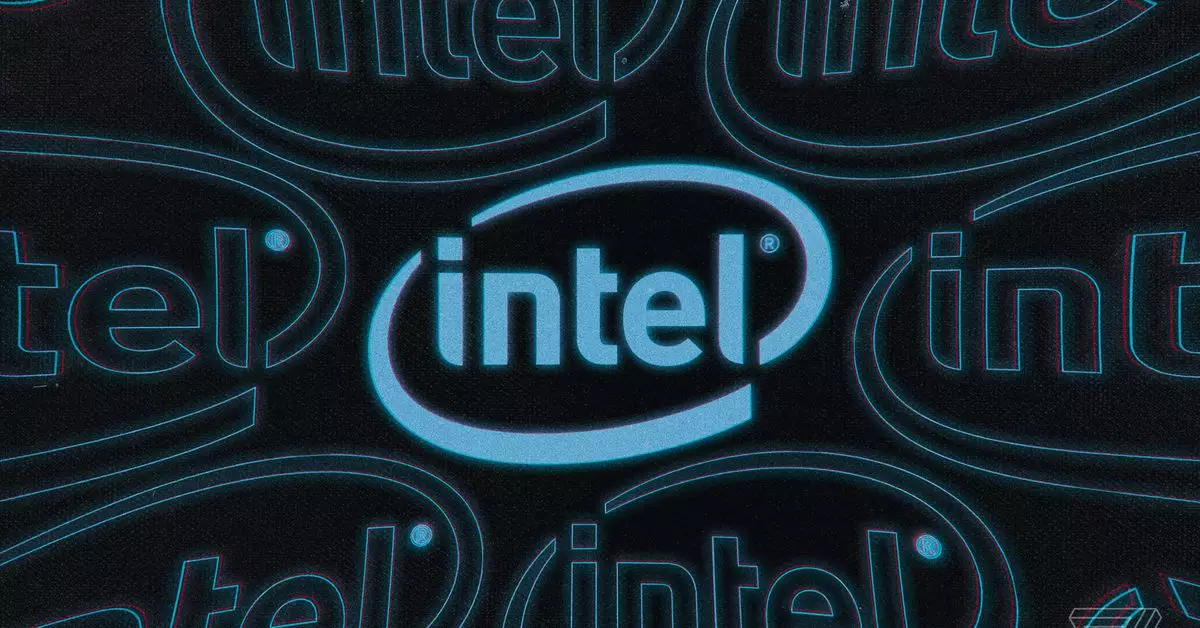In the ever-evolving landscape of consumer technology, Intel’s latest Arrow Lake-based Core Ultra 9 200S-series processors have sparked considerable discussion among tech enthusiasts and gamers alike. Despite their innovative design and potential, early reviews have pointed to significant shortcomings, particularly concerning gaming performance. This article delves into the reasons behind the mixed reception of these new processors and what Intel plans to do about it.
Many technology reviewers have reported a surprising downturn in the gaming capabilities of Intel’s Arrow Lake CPUs. Although Intel had set expectations by stating that these processors were not designed to outmatch AMD’s offerings in gaming scenarios, the reality proved to be disappointing. Several analysts, including notable voices in tech journalism, revealed that these new processors even struggled against Intel’s previous generation, Raptor Lake, raising concerns about their efficiency and overall reliability in performance-demanding situations.
The performance gap becomes even more pronounced when pitted against AMD’s Ryzen 9800X3D, a processor known for its robust gaming features. Despite Intel’s assurances that the “bones are solid,” these shortcomings indicate deeper issues within the architecture that hinder the chips’ overall effectiveness. This raises significant questions about Intel’s strategic direction and ability to compete in a market increasingly dominated by AMD’s performance enhancements.
In a candid discussion, Robert Hallock, Intel’s VP and GM of client AI and technical marketing, took responsibility for the Arrow Lake chips’ performance issues. Hallock emphasized that the company recognizes its accountability and is actively working to address the identified problems. He clarified that the blame does not lie with external factors, like Microsoft, but is strictly an internal concern. This transparency marks a notable shift in how tech companies typically communicate about product shortcomings.
As performance feedback accumulates, Intel plans to provide a comprehensive update by late November or early December, in which they aim to detail both the causes of these performance issues and a proposed timeline for fixes. This approach demonstrates Intel’s commitment to consumer transparency and engagement. By addressing customers’ concerns head-on, the company may start to rebuild trust, contingent on the efficacy of the forthcoming updates.
The initial reception of Intel’s Arrow Lake-based processors serves as a reflection of the fierce competition in the tech industry, where gaming performance is paramount. As gamers await improvements, the real challenge for Intel will be to translate their acknowledgment of these issues into substantial performance enhancements. The success of this processor series will largely depend on how effectively Intel can address its current shortcomings while also innovating for the future—whether that includes Arrow Lake or beyond. The tech community watches closely as Intel navigates these turbulent waters, hopeful for a turnaround that meets the high expectations set for its products.


Leave a Reply
You must be logged in to post a comment.